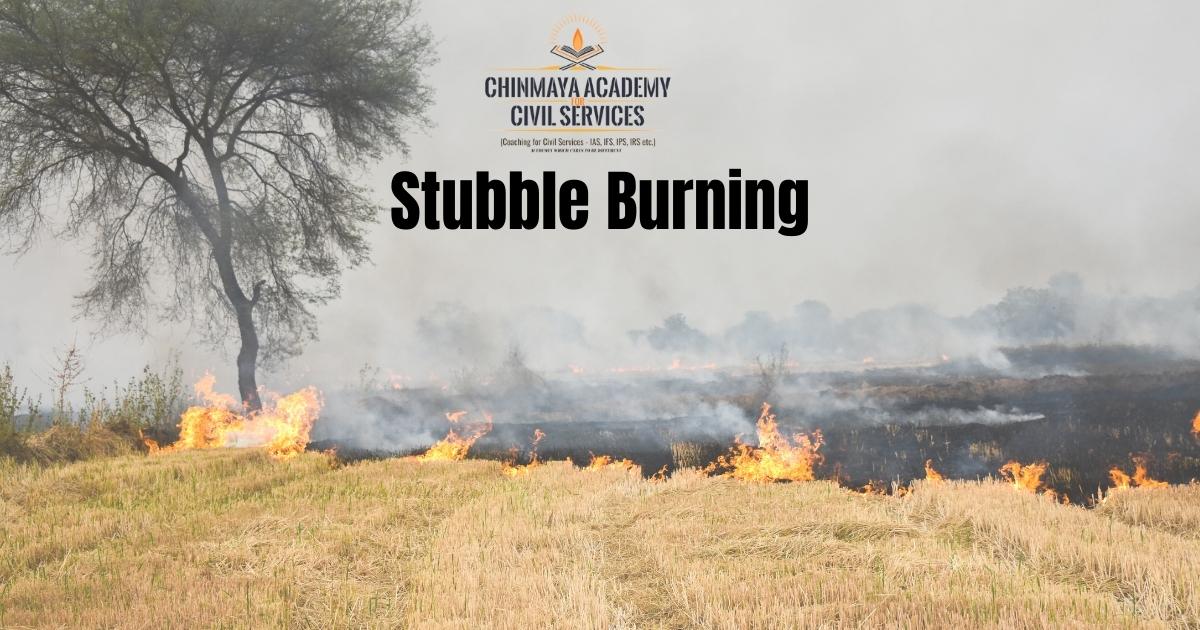
Stubble burning in Punjab is a major contributor to air pollution in Delhi. The smoke from the burning stubble travels hundreds of kilometres to Delhi, where it mixes with other pollutants to create severe air quality episodes.
The burning of crop stubble releases harmful pollutants into the air, including
- Particulate matter (PM)
- Nitrogen oxides (NOx)
- Sulphur dioxide (SO2).
These pollutants can cause respiratory problems, heart disease, and cancer.
PM2.5
PM2.5 is a particularly harmful pollutant that can penetrate deep into the lungs and cause serious health problems. Studies have shown that exposure to PM2.5 can increase the risk of heart disease, stroke, lung cancer, and premature death.
- Studies have shown that stubble burning can increase PM2.5 levels in Delhi by up to 20%. This can lead to a significant deterioration in air quality.
Black carbon
The burning of crop stubble also contributes to climate change. The smoke from the burning stubble contains black carbon, which is a type of particulate matter that absorbs sunlight and heats the atmosphere. Black carbon is a major contributor to global warming.
The government of India has taken some steps to address the problem of stubble burning, but more needs to be done.
- One of the most important steps is to provide financial incentives to farmers to adopt alternative stubble management practices, such as composting or baling.
- The government should also invest in research and development of new stubble management technologies.
Composting or Baling
Both composting and baling are alternative stubble management practices that can help to reduce the impact of stubble burning on Delhi’s climate.
Composting involves breaking down crop residue into a nutrient-rich soil amendment.
- This can be done by mixing the crop residue with other organic materials, such as manure or leaves, and allowing it to decompose over time.
- Composting can be done on-farm or at centralized composting facilities.
Baling involves compressing crop residue into bales
- That can be used as fuel, animal feed, or building materials.
- Baling can be done on-farm or at centralized baling facilities.
Advantages and Disadvantages
- Composting is a more sustainable option, as it reduces the need for synthetic fertilizers and pesticides.
- It can be more labour-intensive and time-consuming than baling.
- Baling is a more efficient option, but it can produce pollutants if the crop residue is not baled properly.
The best stubble management practice for a particular farmer will depend on several factors:
- The type of crop residue
- The availability of resources
- The farmer’s preferences.
 Chinmaya IAS Academy – Current Affairs Chinmaya IAS Academy – Current Affairs
Chinmaya IAS Academy – Current Affairs Chinmaya IAS Academy – Current Affairs
